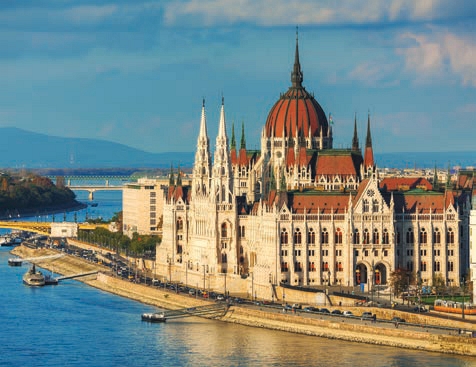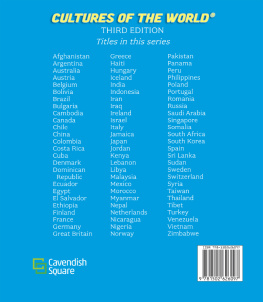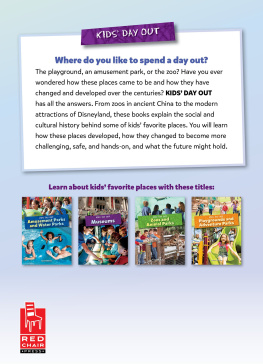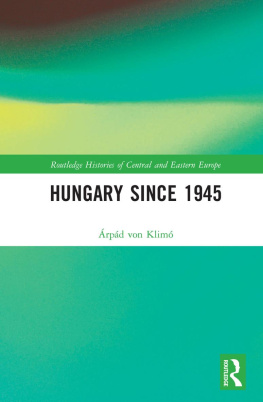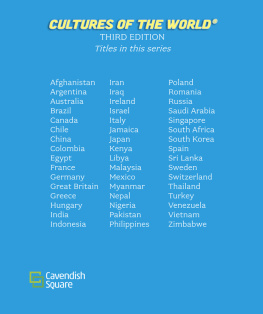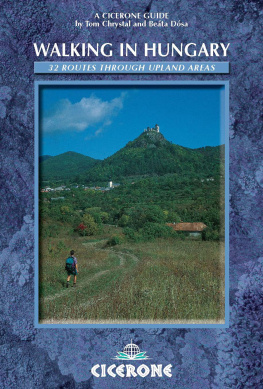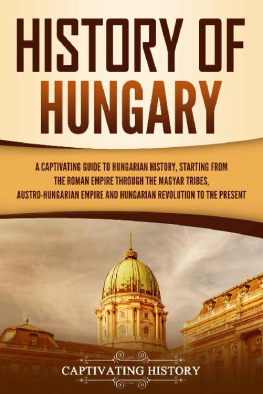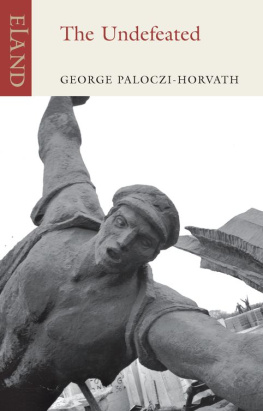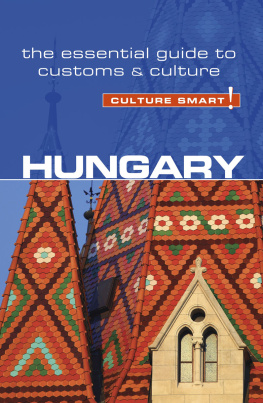
Published in 2020 by Cavendish Square Publishing, LLC
243 5th Avenue, Suite 136, New York, NY 10016
Copyright 2020 by Cavendish Square Publishing, LLC
First Edition
No part of this publication may be reproduced, stored in a retrieval system, or transmitted in any form or by any meanselectronic, mechanical, photocopying, recording, or otherwisewithout the prior permission of the copyright owner. Request for permission should be addressed to Permissions, Cavendish Square Publishing, 243 5th Avenue, Suite 136, New York, NY 10016. Tel (877) 980-4450; fax (877) 980-4454.
Website: cavendishsq.com
This publication represents the opinions and views of the author based on his or her personal experience, knowledge, and research. The information in this book serves as a general guide only. The author and publisher have used their best efforts in preparing this book and disclaim liability rising directly or indirectly from the use and application of this book.
All websites were available and accurate when this book was sent to press.
Library of Congress Cataloging-in-Publication Data
Names: Mattern, Joanne, 1963- author.
Title: Hungary / Joanne Mattern.
Description: First edition. | New York: Cavendish Square, 2020. | Series: Exploring world cultures | Includes bibliographical references and index. | Audience: Grades 2-5. Identifiers: LCCN 2018050356 (print) | LCCN 2018056016 (ebook) | ISBN 9781502647290 (ebook) | ISBN 9781502647283 (library bound) | ISBN 9781502647269 (pbk.) | ISBN 9781502647276 (6 pack)
Subjects: LCSH: Hungary--Juvenile literature.
Classification: LCC DB906 (ebook) | LCC DB906 .M377 2020 (print) | DDC 943.9--dc23
LC record available at https://lccn.loc.gov/2018050356
Editorial Director: David McNamara
Editor: Lauren Miller
Copy Editor: Nathan Heidelberger
Associate Art Director: Alan Sliwinski
Designer: Christina Shults
Production Coordinator: Karol Szymczuk
Photo Research: J8 Media
The photographs in this book are used by permission and through the courtesy of: Cover Sue Cunningham Photographic/Alamy Stock Photo; p..
Printed in the United States of America


Hungary is a country in eastern Europe. It has many different landscapes, including mountains, rivers, and lakes. There are also flat plains and thick forests, and even hidden caves! Hungary has both beautiful farms in the countryside and big, modern cities.
Hungary is surrounded by other countries. It does not border any oceans. However, the Danube River is an important waterway that runs through the middle of the country.
Almost ten million people live in Hungary. The nation has a long and interesting history. Hungarys people are friendly. They work hard, but they also enjoy sports and music. They celebrate holidays and eat delicious foods. Hungary is a fascinating and interesting nation to explore.

The Danube River flows through the city of Budapest, splitting it in two.

Hungary covers 35,919 square miles (93,030 square kilometers). Austria and Slovenia neighbor Hungary to the west. Croatia and Serbia lie to the south. Romania is east of Hungary. Ukraine and Slovakia border Hungary to the north.
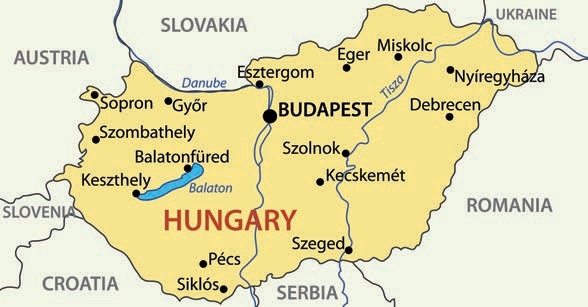
This map shows Hungary and its neighbors.

Budapest was once two separate cities, named Buda and Pest. They became one city in 1873.
Under the Earth
There are hundreds of caves underneath northwestern Hungary. These caves are part of Aggtelek National Park. Thousands of people visit every year.

Inside the caves at Aggtelek National Park
The most important waterway in Hungary is the Danube River. It flows through the middle of Budapest, Hungarys capital city. There are mountains in the north and west. In the southeast, the Great Hungarian Plain stretches across almost half of the country. It is covered with grass and provides good land for farming. Many lakes and small rivers flow across this plain.

During the 800s CE, a group of tribes called the Magyars started ruling what is now Hungary. Their leader, Arpad, is called the of Hungary. In the year 1000, Arpads greatgreat- grandson, Stephen, became the first king of Hungary.
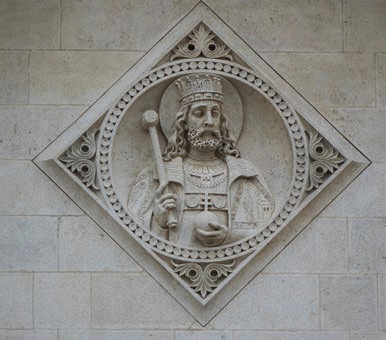
A carving of Stephen, the first king of Hungary
Hungary became a large and powerful country. However, other countries took some of its land. During the 1800s, Hungary and Austria joined to form the Austro-Hungarian Empire. The empire was destroyed during World War I. After the war, Hungary had to give up much of its land.

In 2012, Hungary changed its name from the Republic of Hungary to just plain Hungary.
A Shrinking Nation
After World War I, Hungary shrank from 125,641 square miles (325,409 sq km) to its present size.

This map shows all the countries that once made up the empire of Austria-Hungary.
After World War II, Hungary became a .

Hungary is a parliamentary republic. Its government is split up into three parts: executive, legislative, and judicial.

A National Assembly meeting in May 2018
The president and the prime minister make up the executive part. The prime minister has the most power. He or she appoints people to lead different departments. The prime minister is elected to a four-year term.

Hungarys national anthem is called Himnusz. It became the national anthem in 1844.
Hungarys Capital
Budapest is the capital of Hungary. About 1.8 million people live there.
